Abstract
Electrochemical properties of cation-selective glass microelectrodes made from NAS27-04 were studied. There was a marked fall in electrical resistance of the microelectrodes stored in 3 M KCl solution (aging). The resistance was in the range of 2 × 107 to 109 Ω, which were much lower than those estimated from the electrical resistivity of dry glass for the equivalent dimensions of microelectrode working tips. This fall in resistance was accompanied by an increase in microelectrode selectivity for K+. The low resistance and increased K+ selectivity are desirable features that make the microelectrode more suitable for application to biologic studies. The changes in microelectrode resistance and selectivity were interpreted to be due to hydration of the entire thickness of the glass membrane, resulting in a change in the field strength of anionic sites and formation of ionic channels in the glass membrane. Thus, the fall in resistance is explained by decrease in energy barrier, which is equivalent to the activation energy of interaction between the cations and anionic sites in the glass membrane. Some of the microelectrodes showed a transient depolarization that resembled the action potential of a biological membrane. This transient depolarization was associated with the changes in microelectrode resistance and selectivity. The transient depolarizations suggest the temporary development of wide channels in the membrane permitting free movement of hydrated cations according to the bulk electrochemical gradient.
Full text
PDF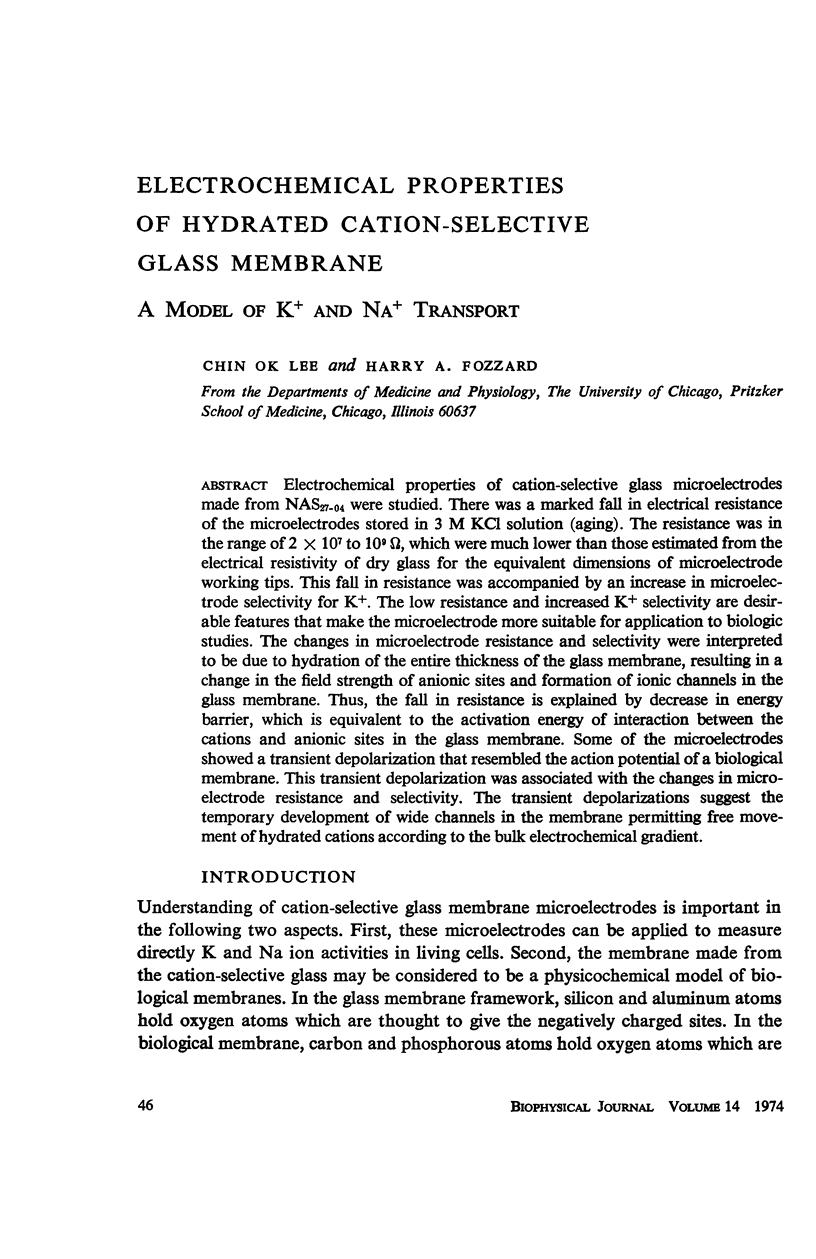
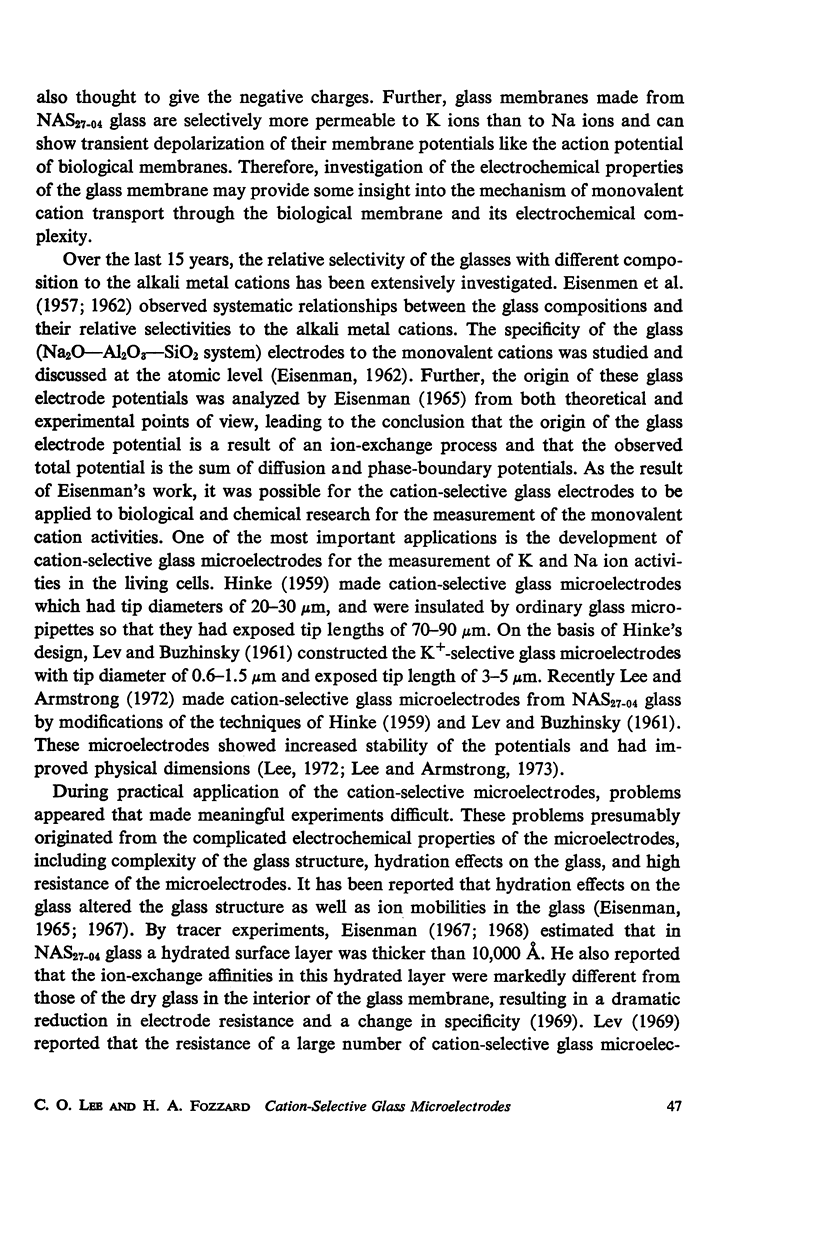
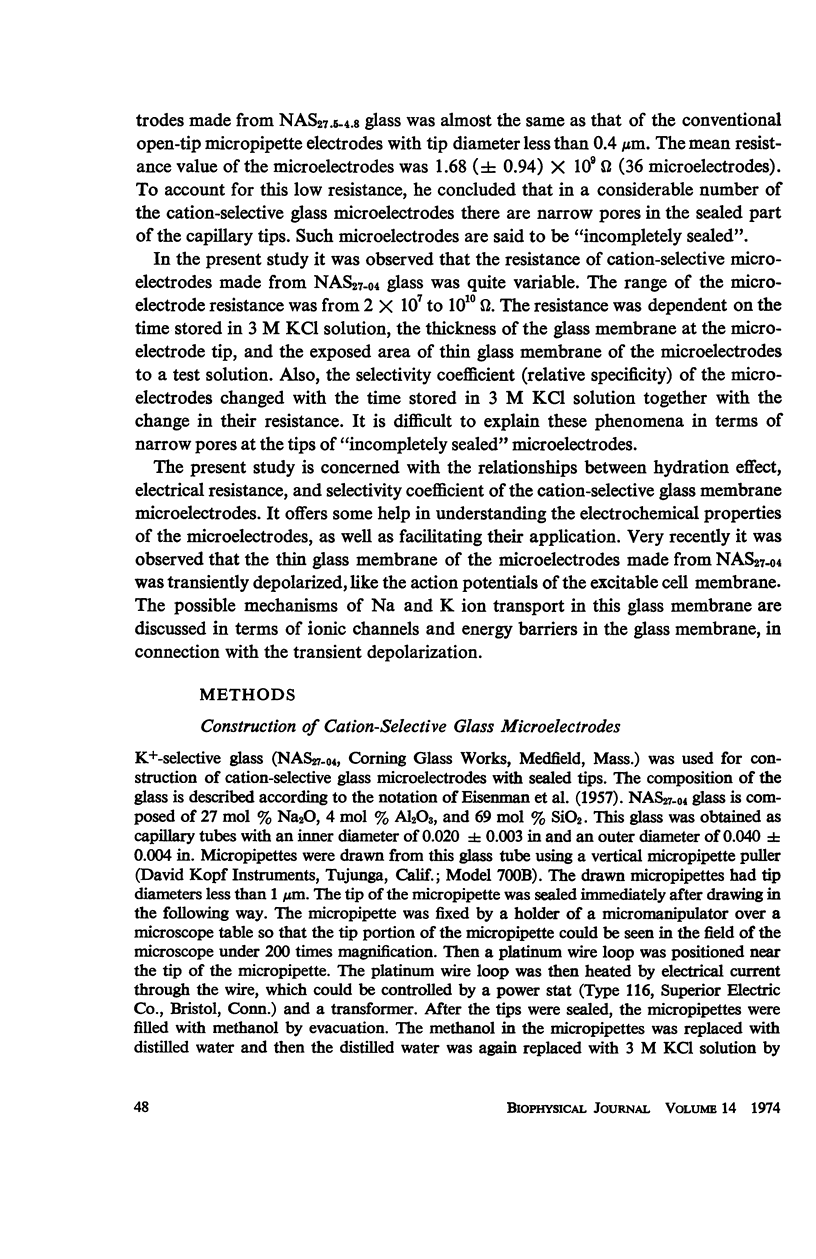
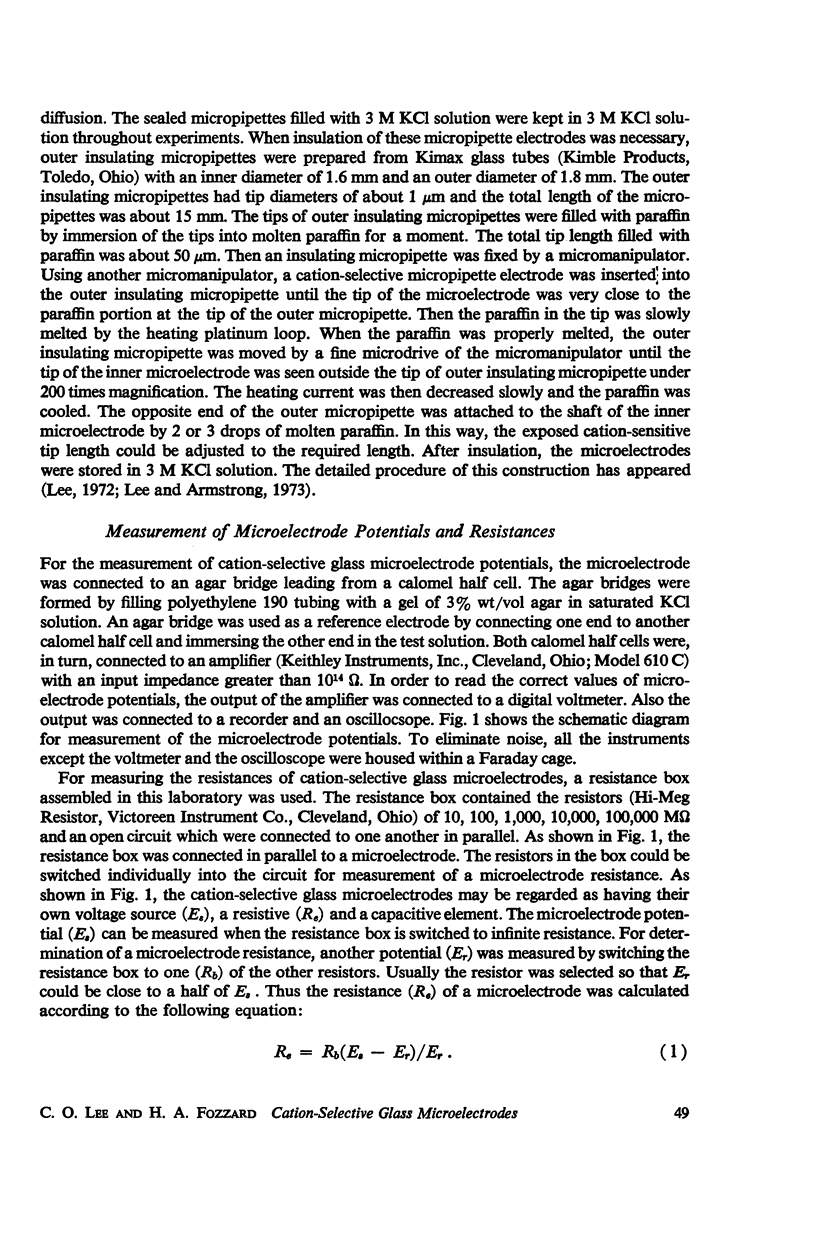
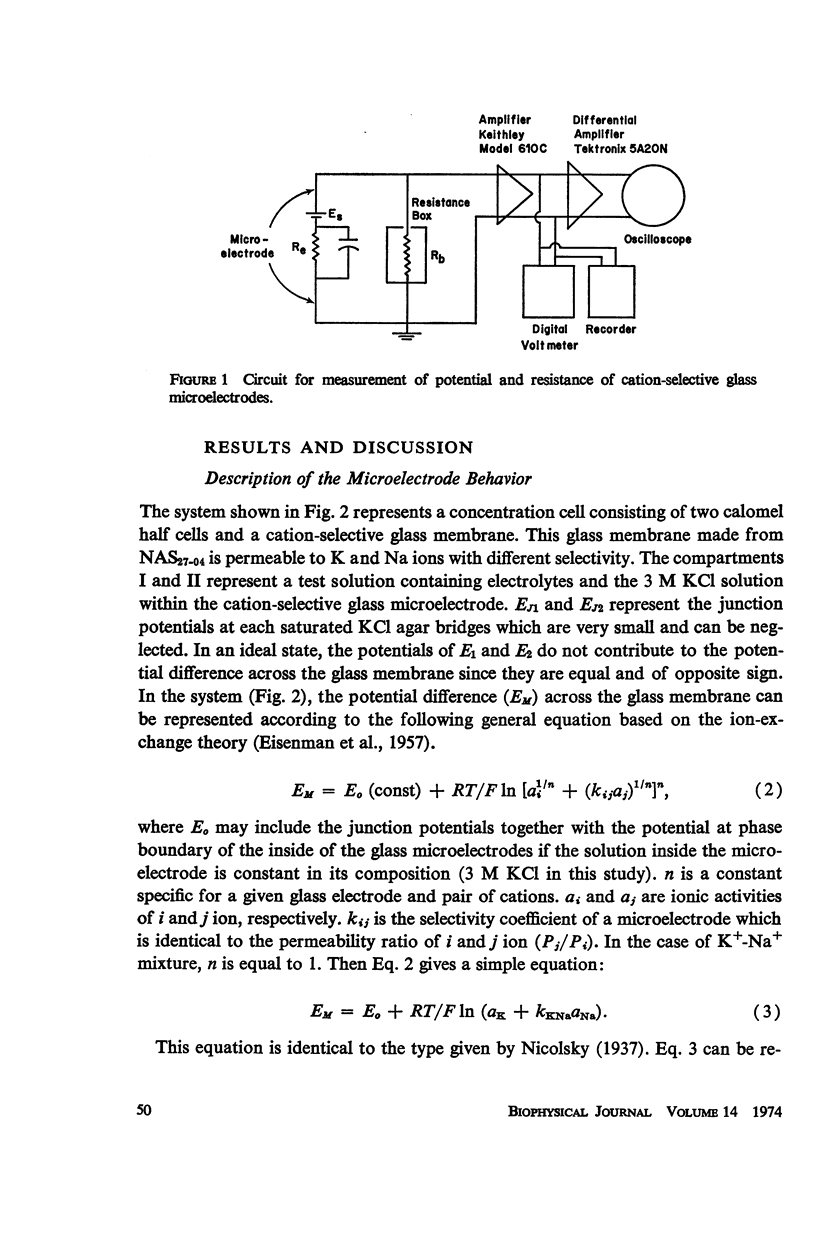
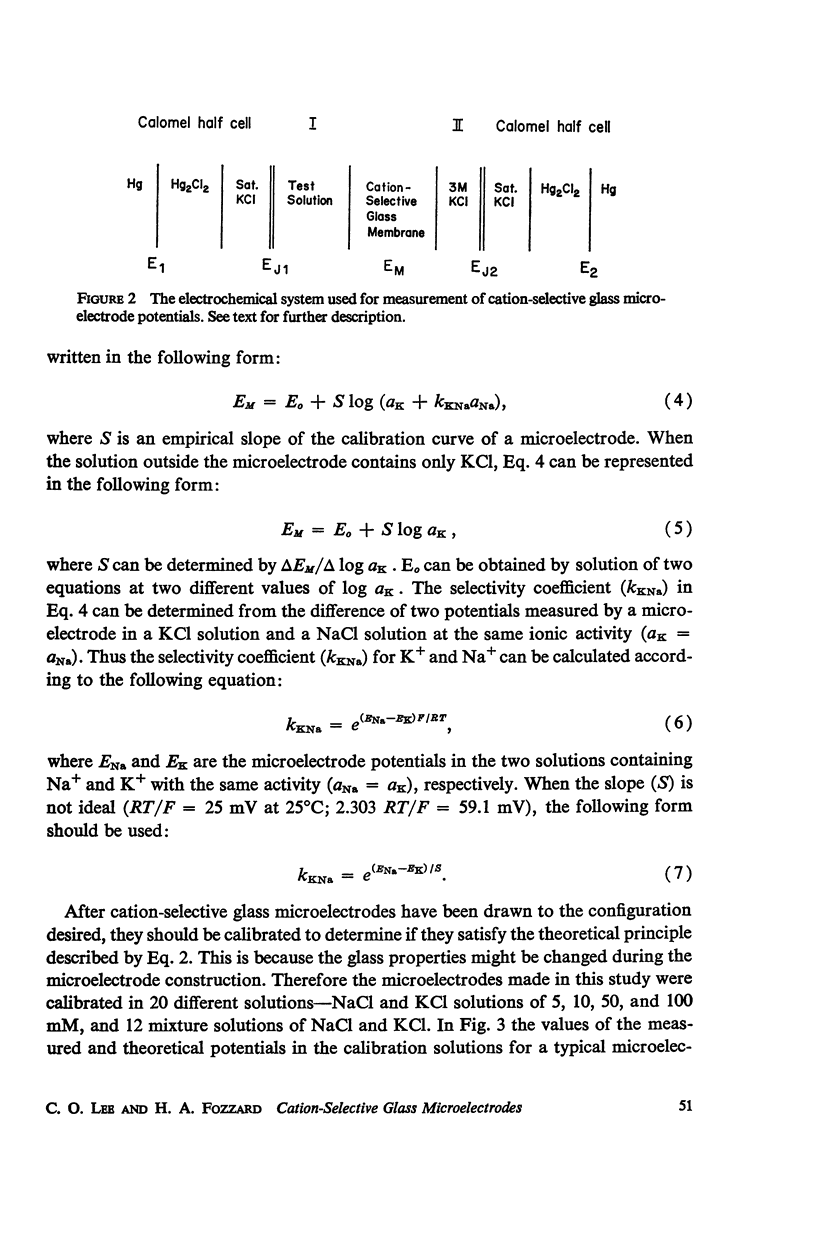
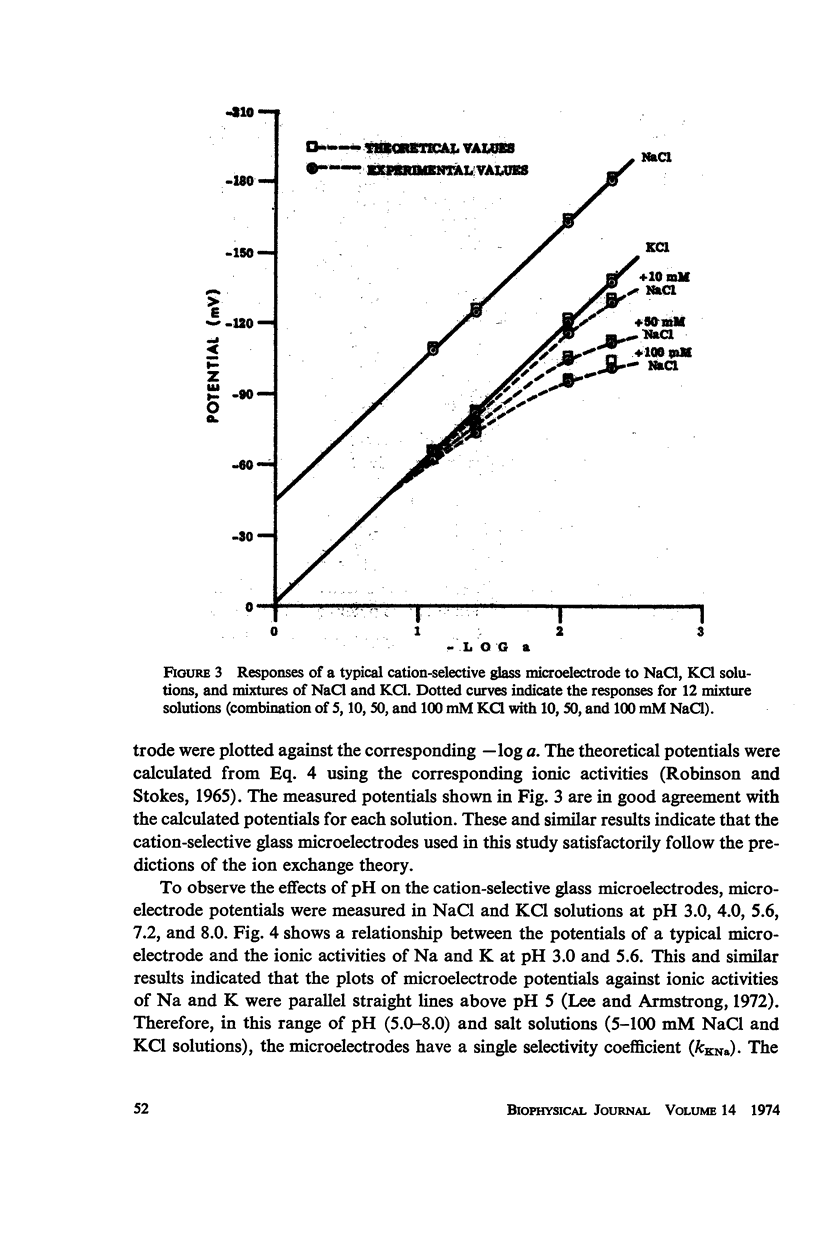
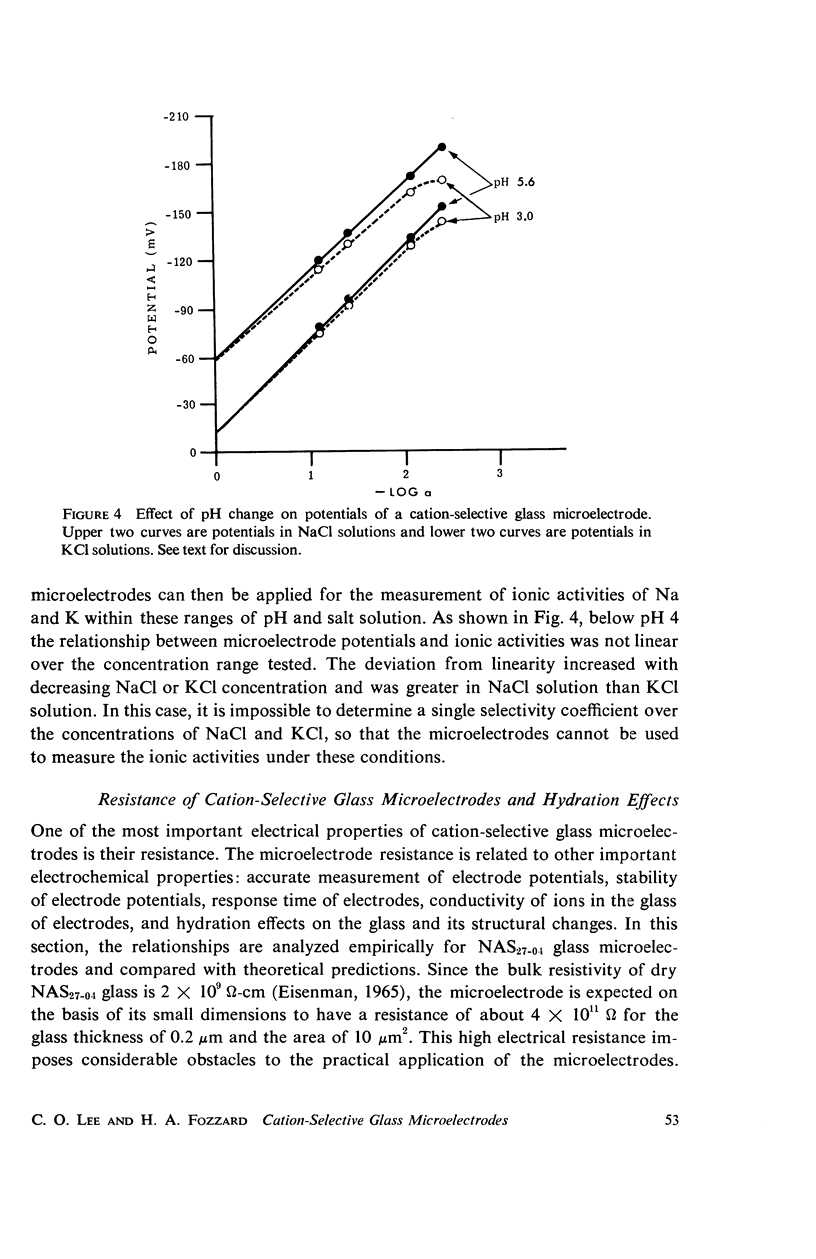
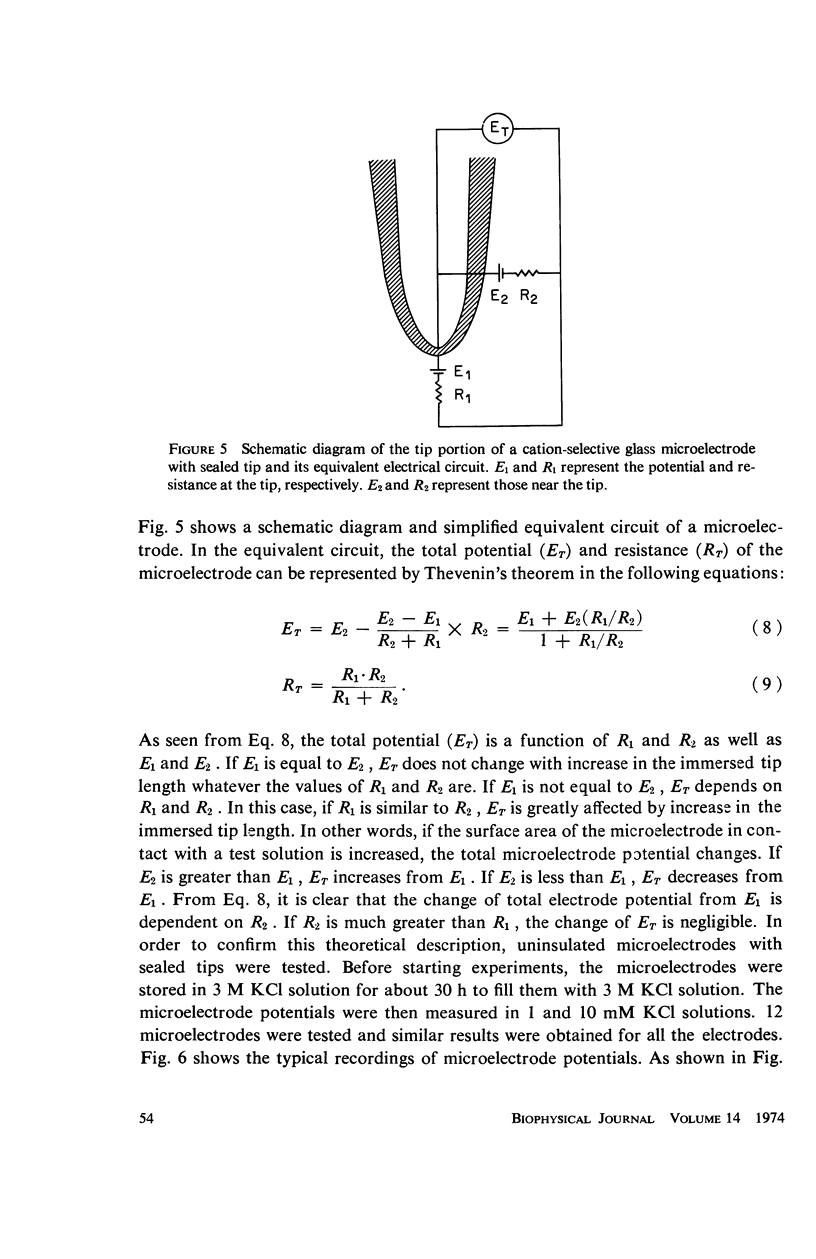
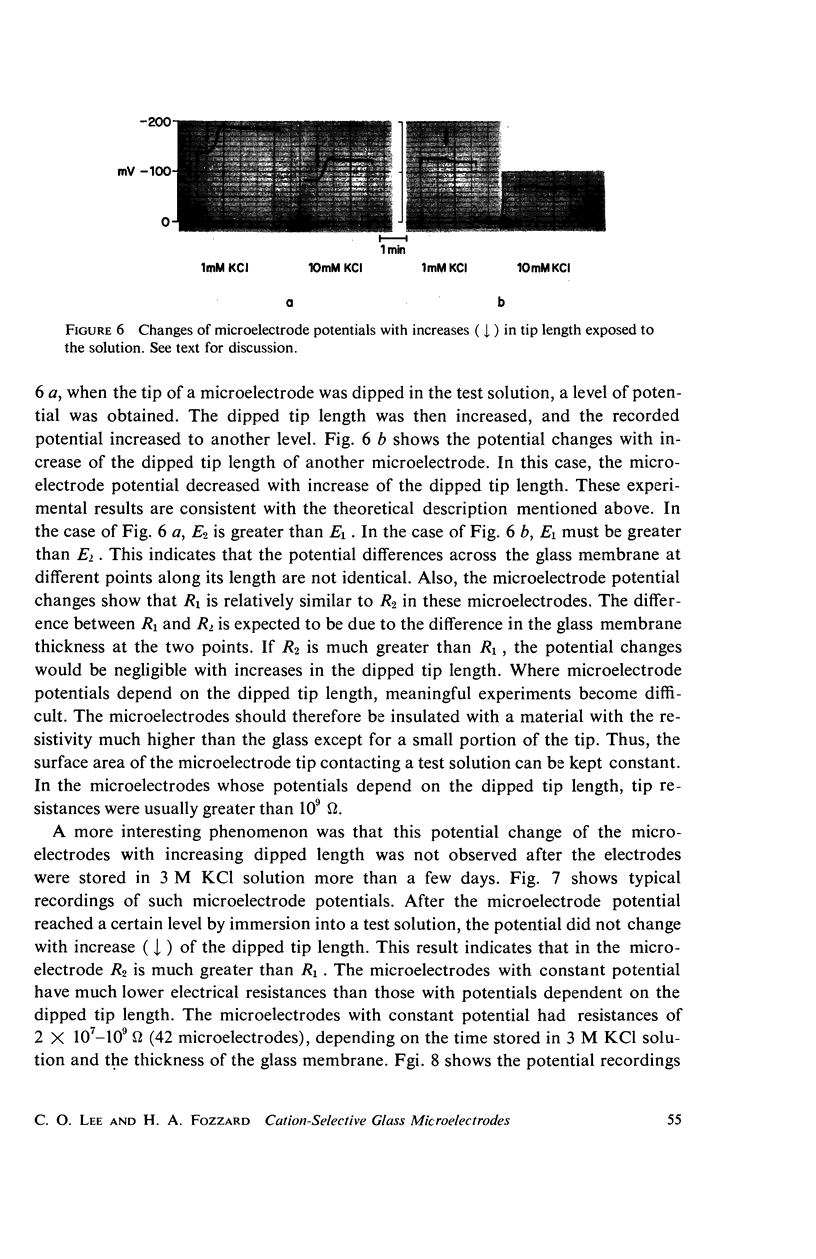
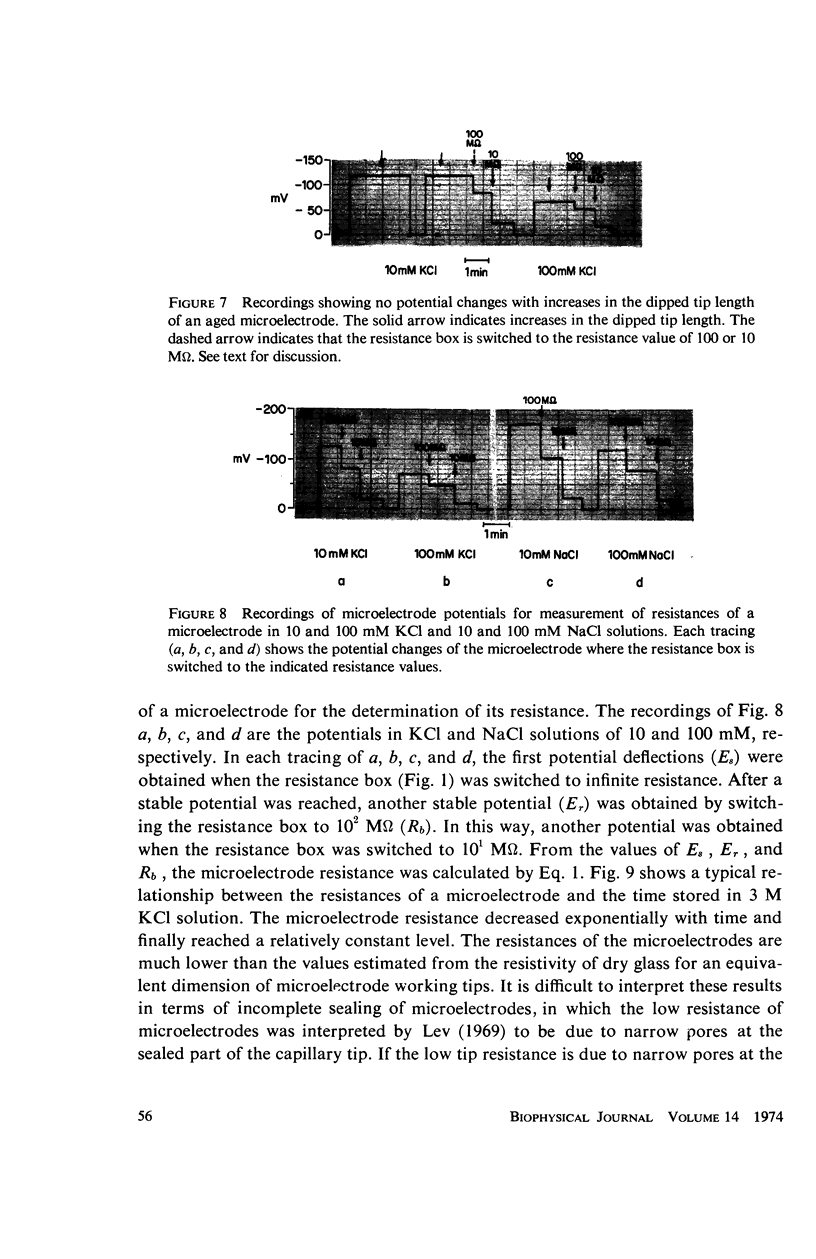
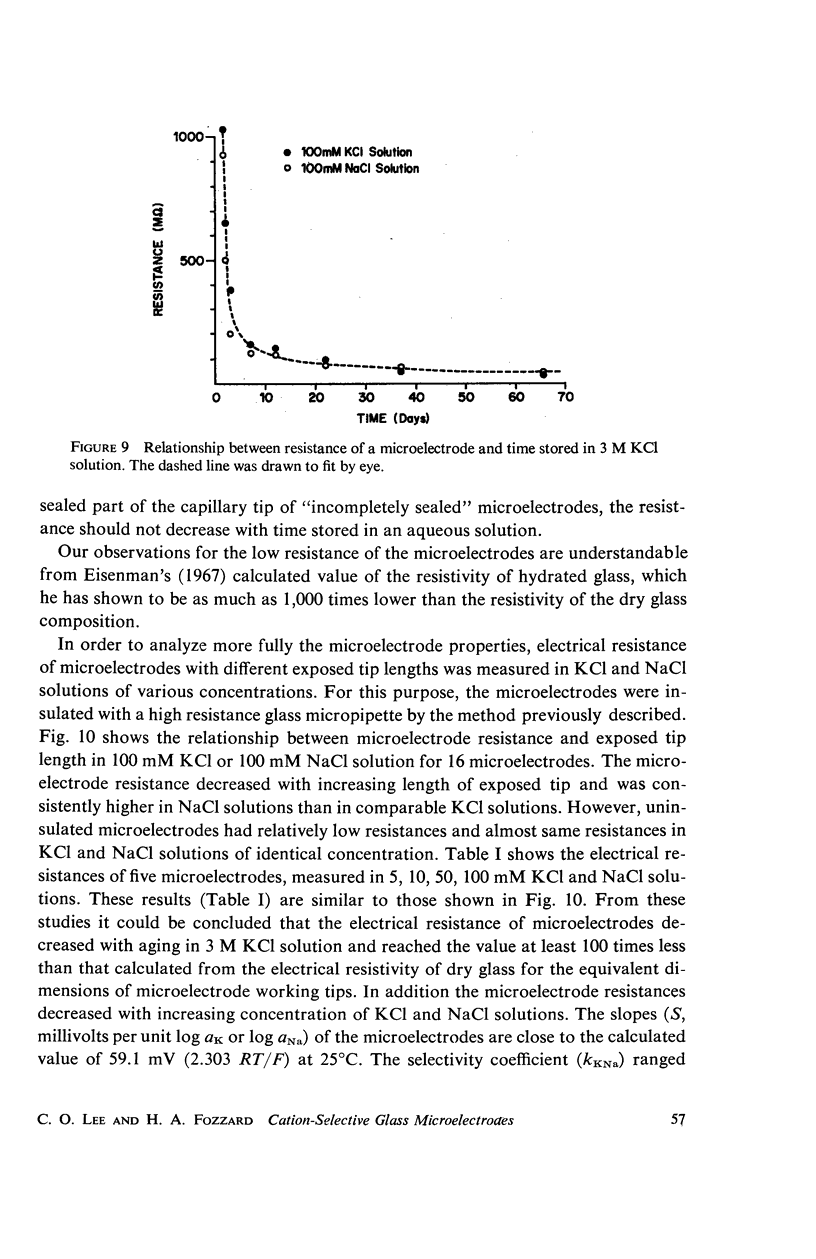
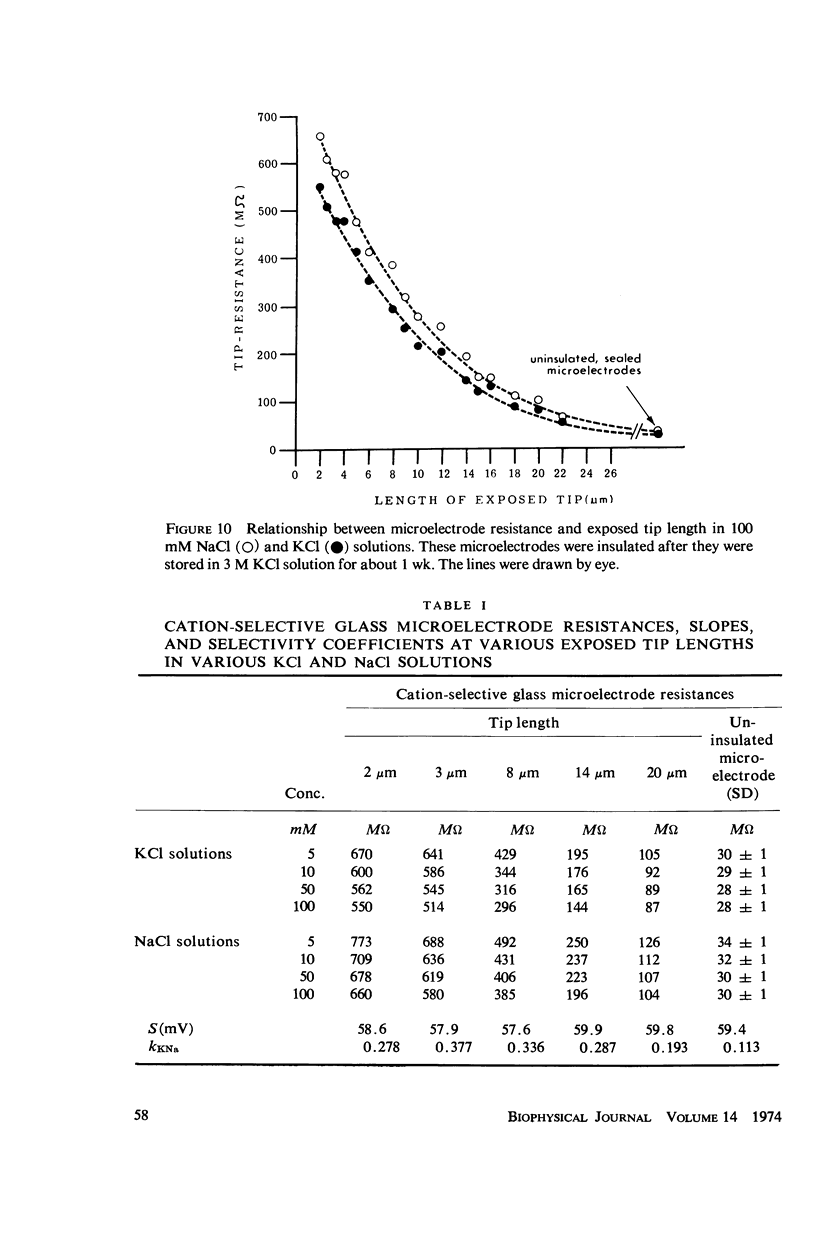
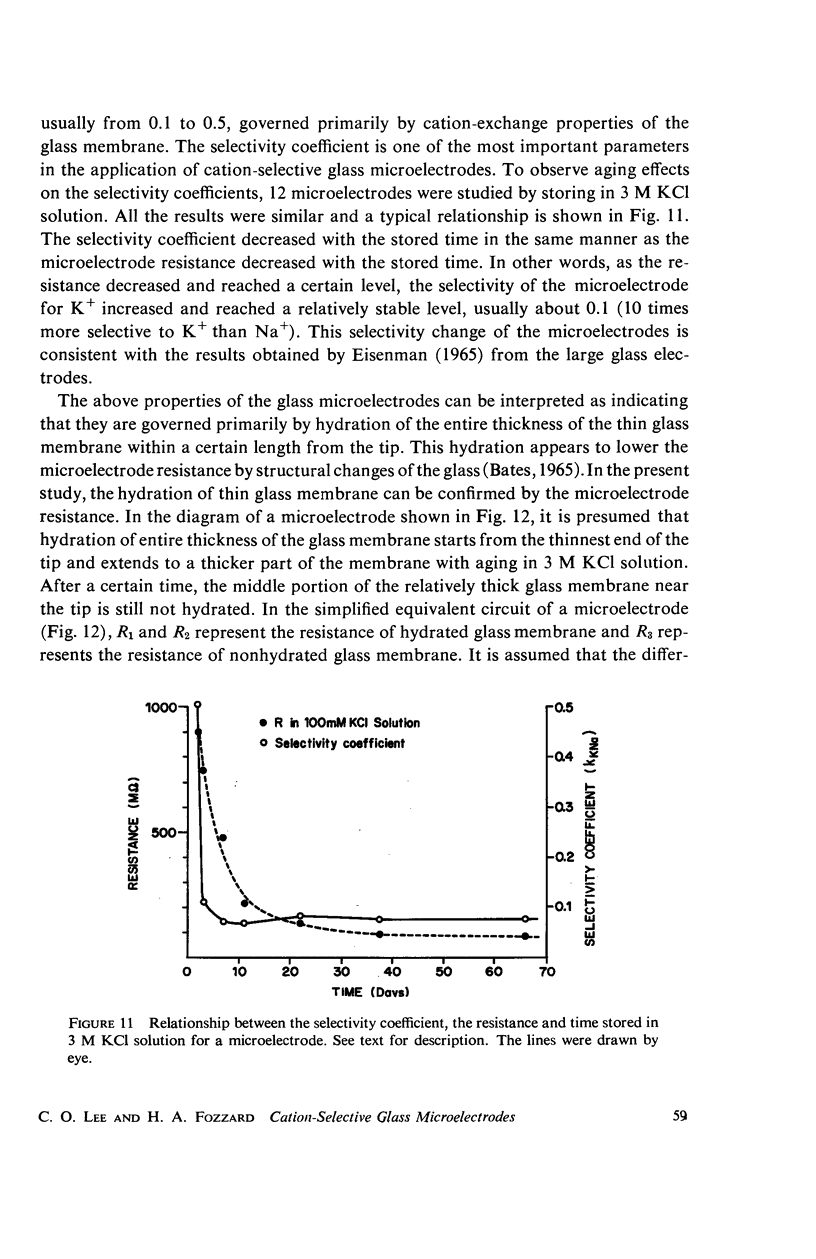
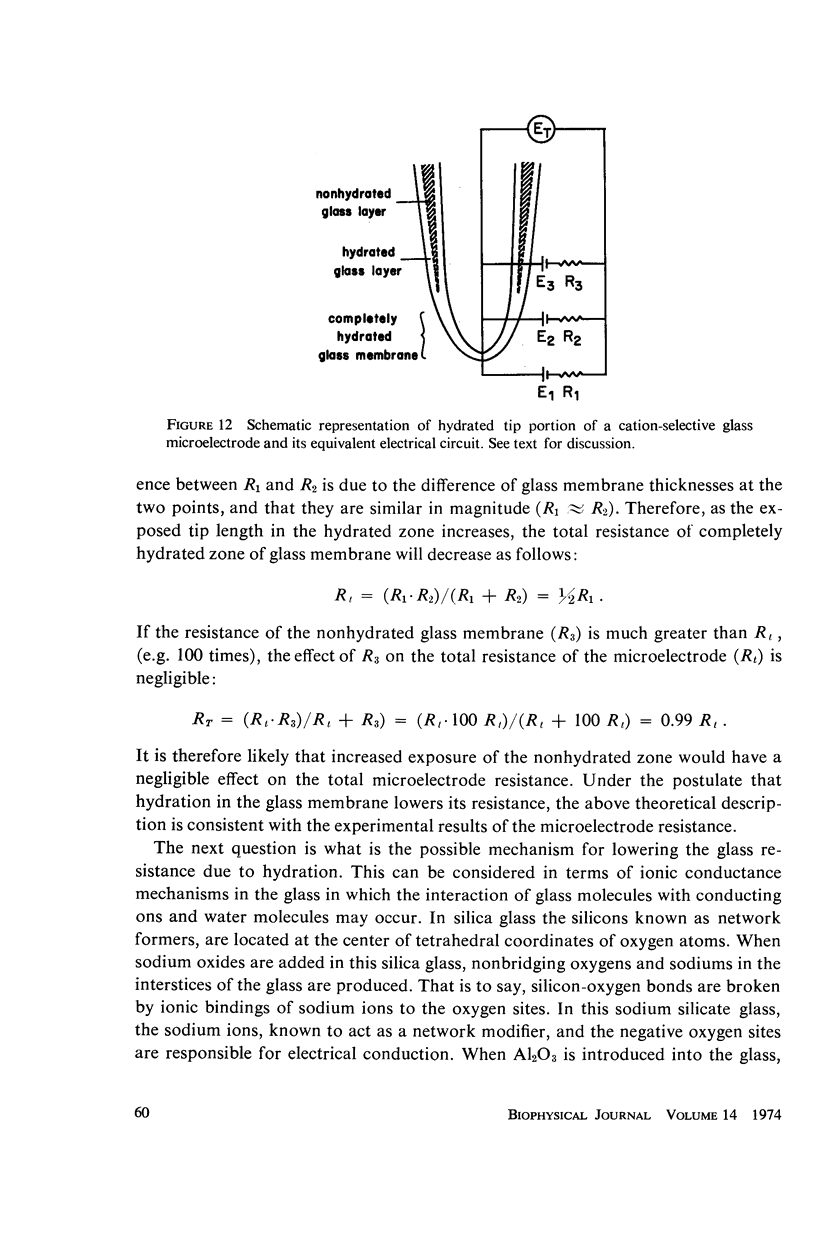
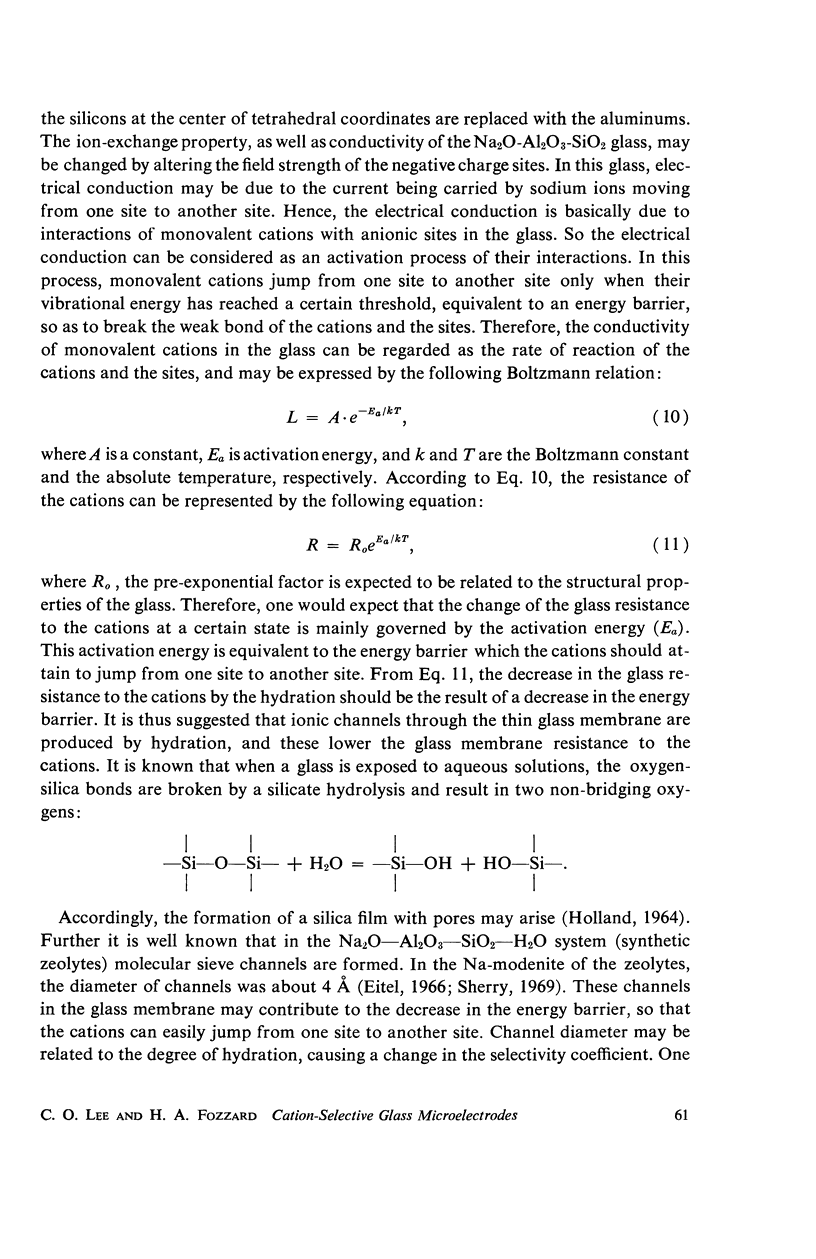
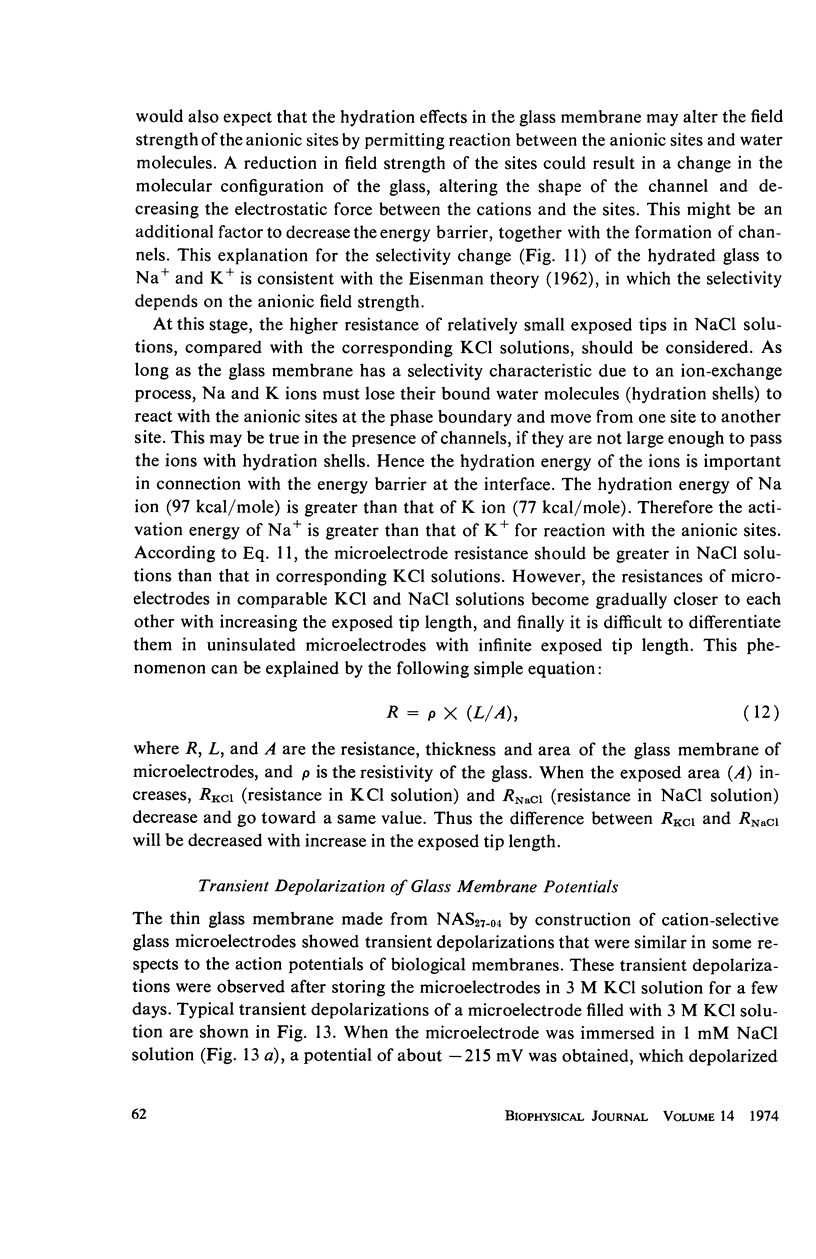
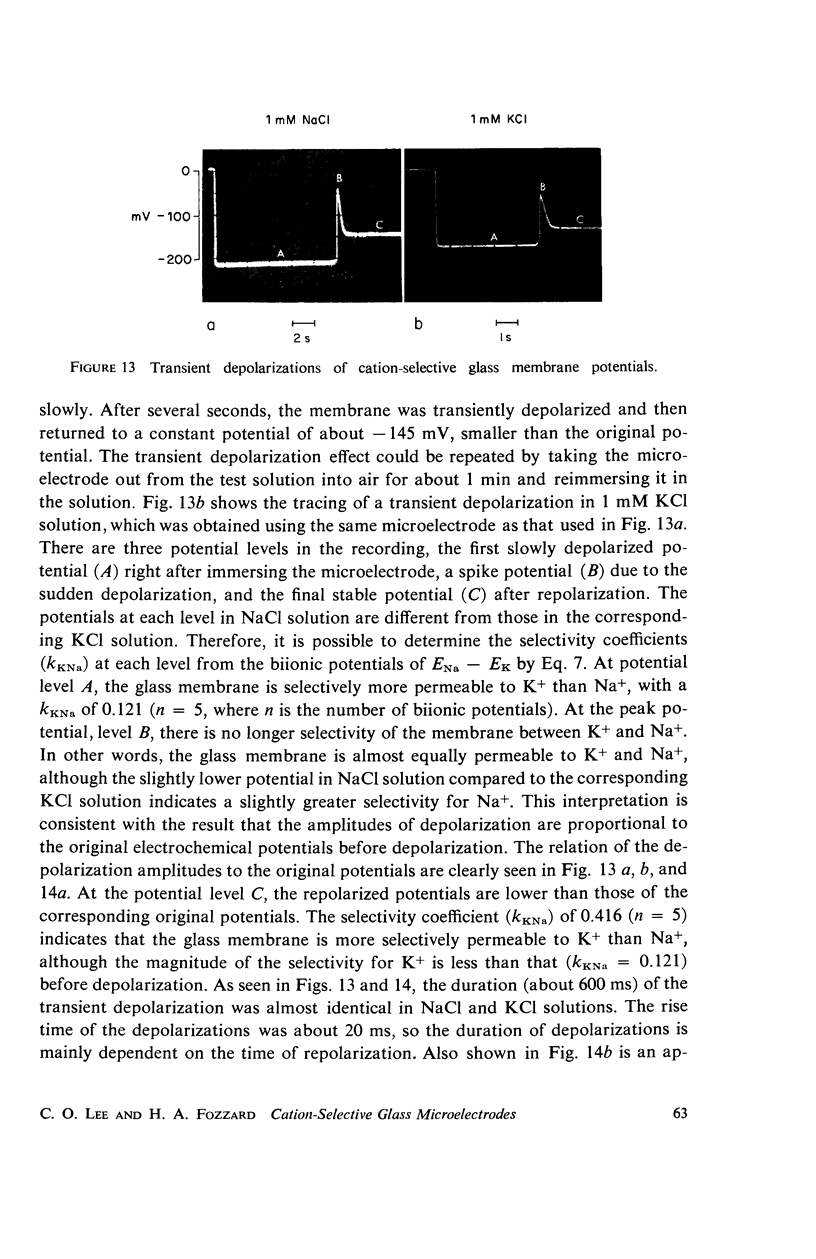

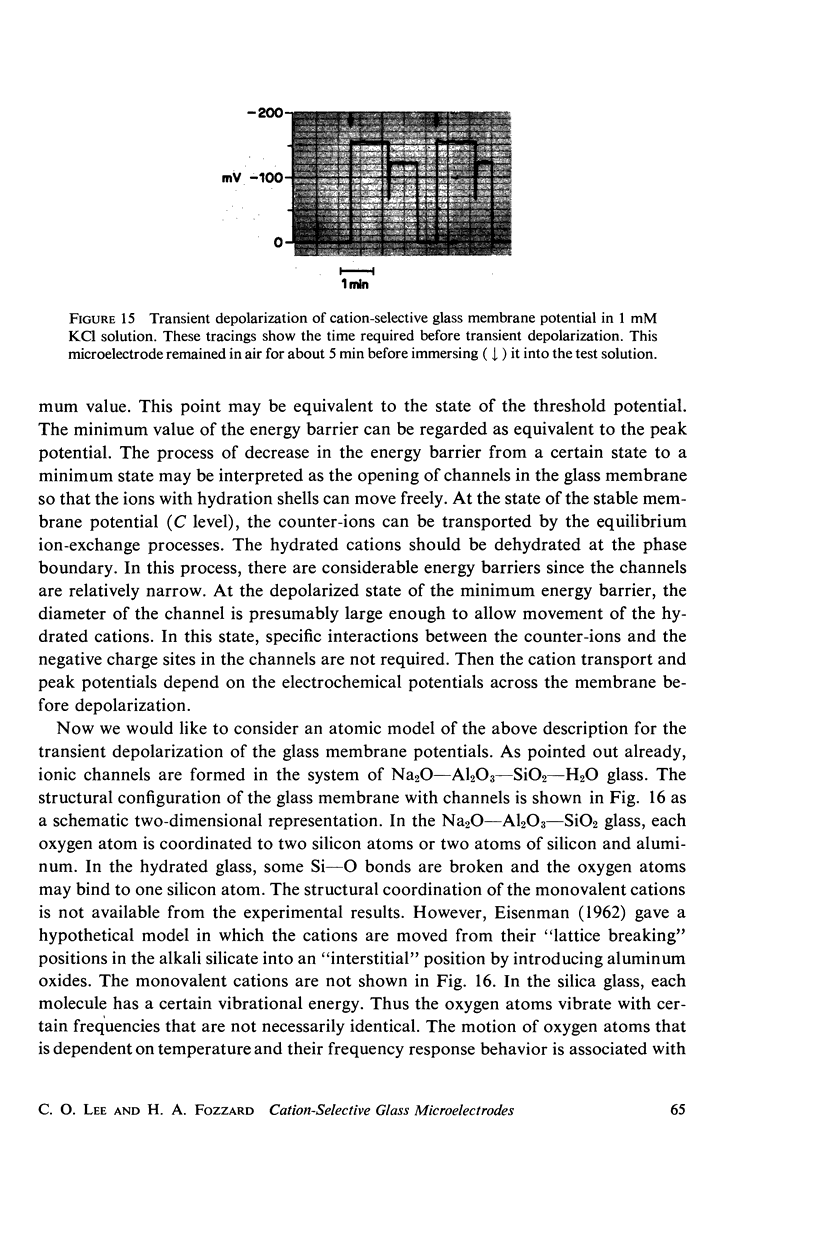
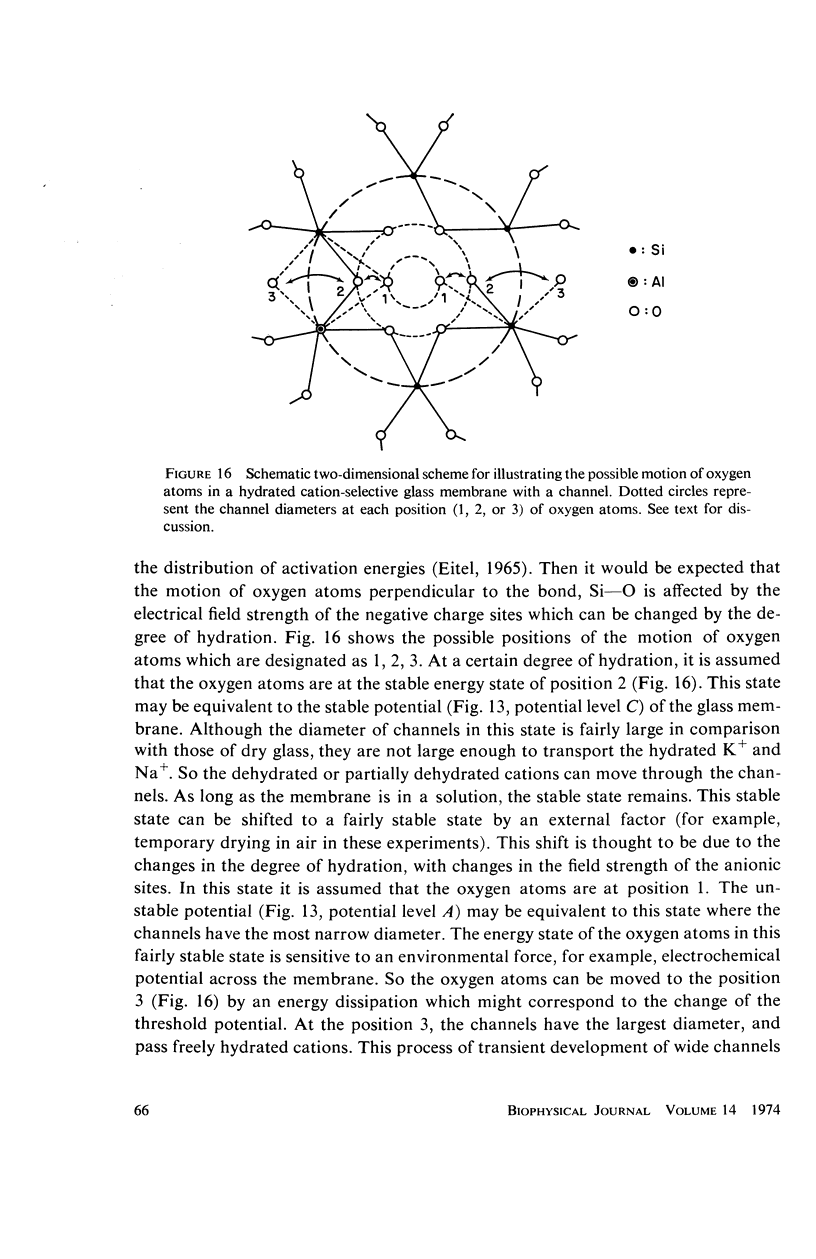
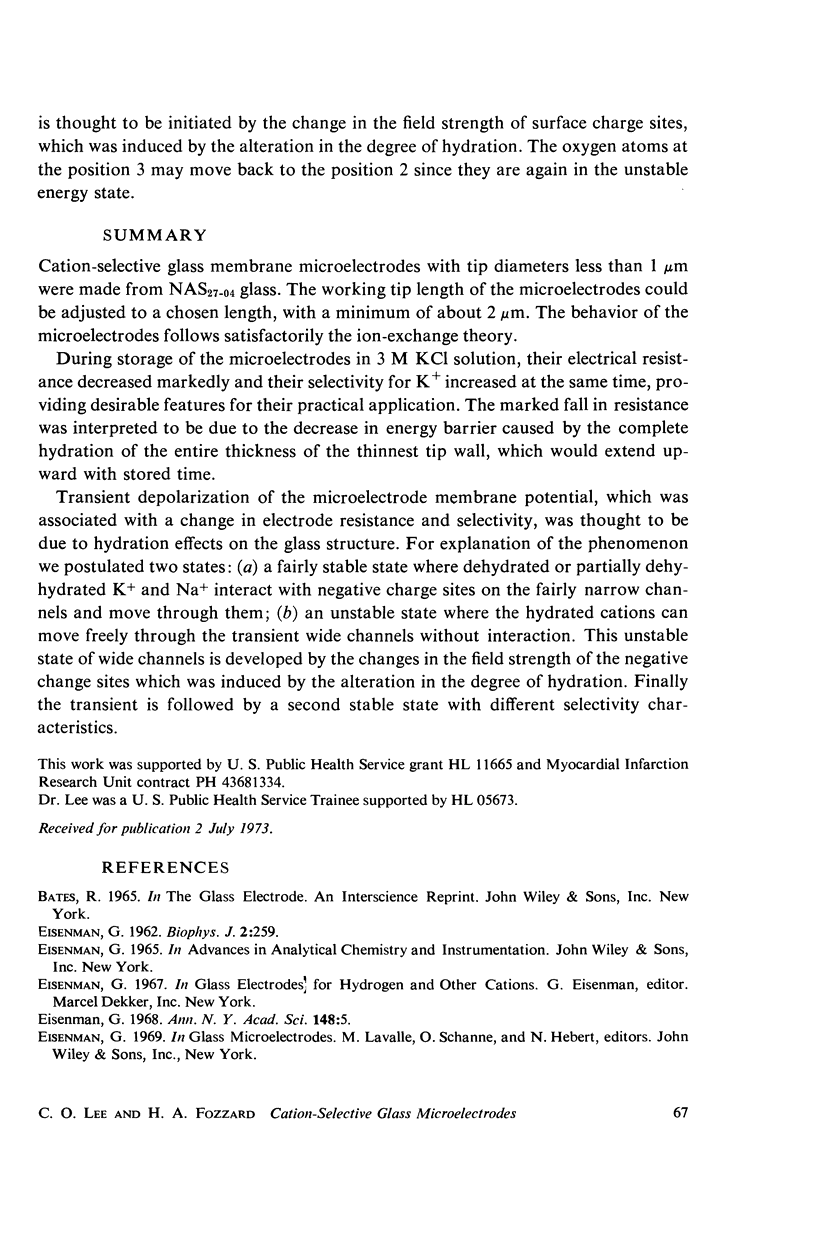
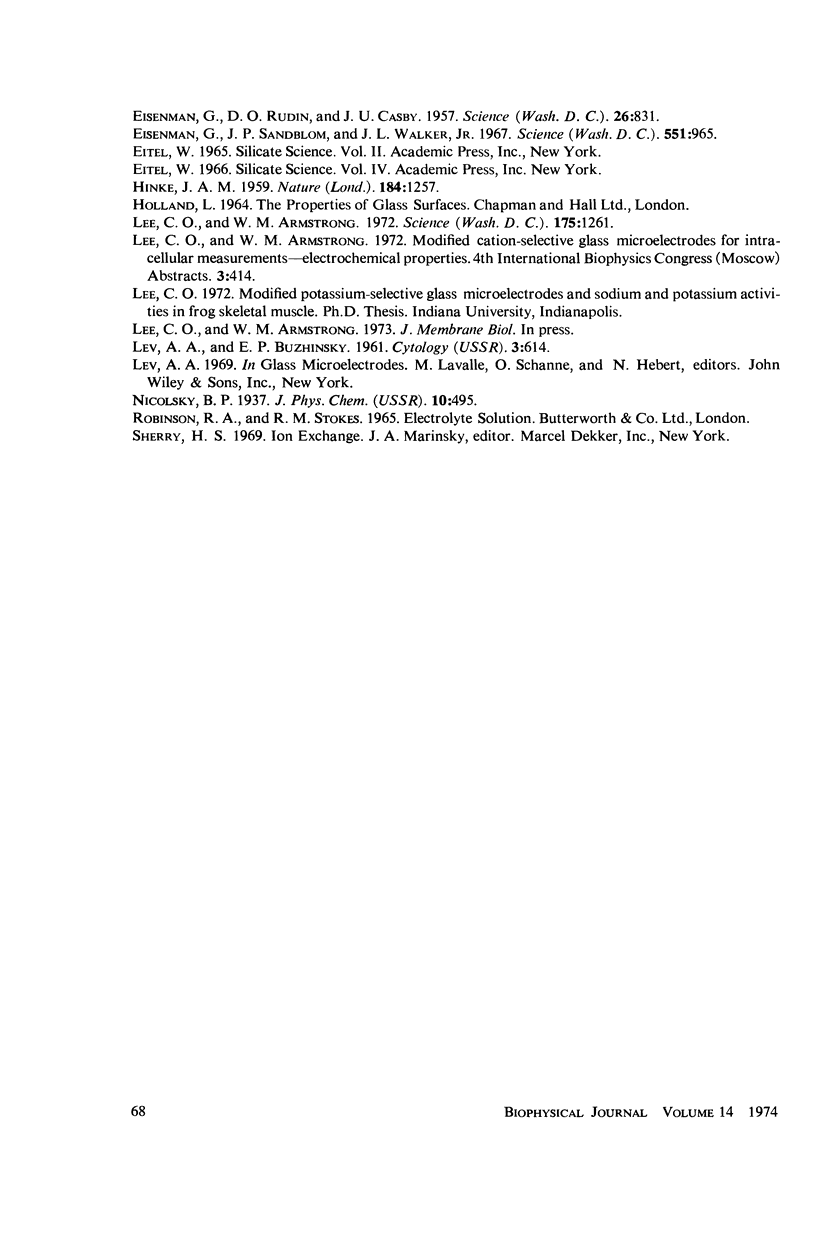
Images in this article
Selected References
These references are in PubMed. This may not be the complete list of references from this article.
- EISENMAN G. Cation selective glass electrodes and their mode of operation. Biophys J. 1962 Mar;2(2 Pt 2):259–323. doi: 10.1016/s0006-3495(62)86959-8. [DOI] [PMC free article] [PubMed] [Google Scholar]
- Eisenman G., Sandblom J. P., Walker J. L., Jr Membrane structure and ion permeation. Study of ion exchange membrane structure and function is relevant to analysis of biological ion permeation. Science. 1967 Feb 24;155(3765):965–974. doi: 10.1126/science.155.3765.965. [DOI] [PubMed] [Google Scholar]
- HINKE J. A. Glass micro-electrodes for measuring intracellular activities of sodium and potassium. Nature. 1959 Oct 17;184(Suppl 16):1257–1258. doi: 10.1038/1841257a0. [DOI] [PubMed] [Google Scholar]
- LEV A. A., BUZHINSKII E. P. [On the technic for determining the activity of potassium ions in muscle fibers with the aid of glass microelectrodes sensitive to potassium ions]. Tsitologiia. 1961 Sep-Oct;3:614–621. [PubMed] [Google Scholar]








